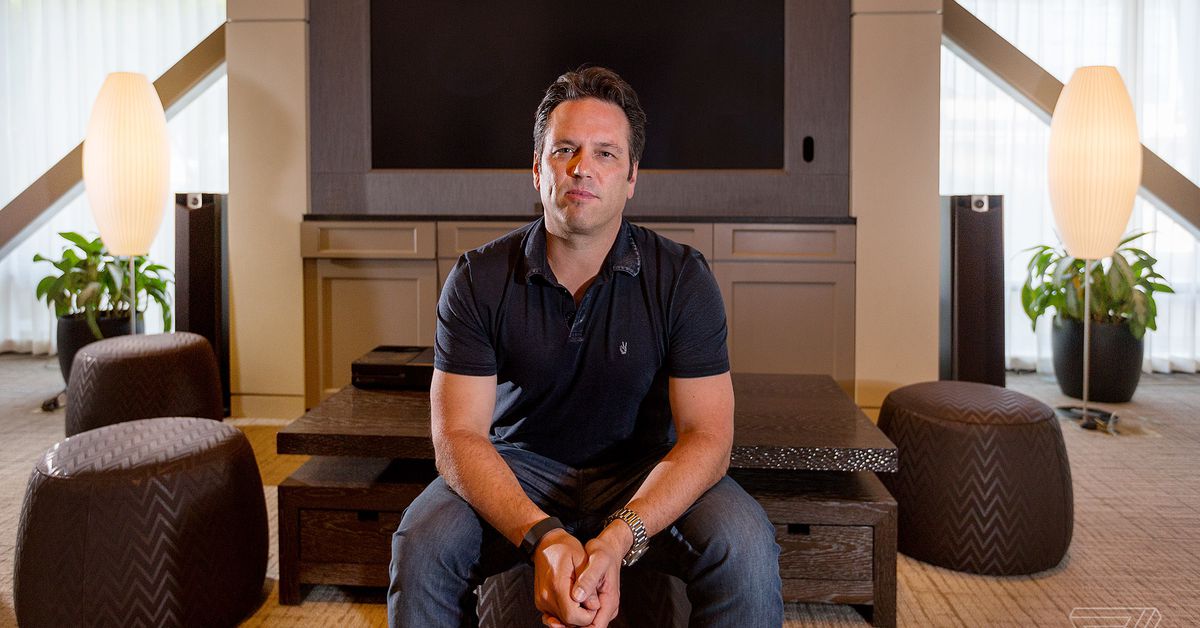Intel’s upcoming Arrow Lake CPUs might run into cooling trouble
Intel's upcoming Arrow Lake CPUs reportedly have a different hot spot location, which could have implications for existing CPU coolers.

 Kunal Khullar / Digital Trends
Kunal Khullar / Digital Trends
By nearly all accounts, Intel is gearing up to release its 15th-gen Arrow Lake CPUs in a matter of weeks. The new generation, which will compete for a slot among the best processors, will use the new LGA 1851 socket, and the redesigned package might be problematic when it comes to keeping the CPU cool.
According to famed overclocker and YouTuber der8auer, the hot spot on Arrow Lake CPUs is “quite a bit further north,” meaning that the hottest part of the CPU is situated at the top of the package. Different hot spot locations is nothing new — for instance, AMD’s Ryzen 9 9950X has a hot spot more toward the southern part of the package — but it’s something that cooling companies will need to account for in order to get the best performance.
The issue comes up with compatibility. The LGA 1851 socket is reportedly the same size as the LGA 1700 socket, meaning most existing CPU coolers should work with the new socket, short of (maybe) a new mounting mechanism. Previous Intel CPUs use a monolithic design, meaning the hot spot is situated near the center of the chip. Arrow Lake, however, brings different dies together, similar to how AMD’s recent Ryzen CPUs are designed. That’s moved the compute tile — the hottest part of the chip — up on the package.
Hopefully, the move won’t hurt cooling performance in a meaningful way for existing coolers. The integrated heat spreader (IHS), CPU mounting block, and thermal paste all work together to create a solid bond between the CPU and the cooler to spread out heat as much as possible. Still, der8auer says that “for ideal cooling, a shift of the cooling center is required to fight the hot spot. It also means that rotating the block 180 degrees would harm performance.”
For overclockers looking to squeeze the most performance out of their hardware, the shift in hot spot makes a big difference — der8auer says that a custom water block with the input port at the north of the chip and the output port at the south would be ideal. For regular users, it might not make a difference in performance. That really comes down to how much heat the CPU generates.
As we’ve seen with the Core i9-14900K and Core i9-13900K, Intel’s latest flagships demand a lot of cooling power. Even with a powerful all-in-one (AIO) liquid cooler, Intel’s latest flagship can reach 90 degrees Celsius (or higher) under a full workload. If Arrow Lake chips come with similar power demands, the orientation of your CPU cooler could make a difference in performance — when we’re dealing with a few degrees between full performance and thermal throttling, that orientation matters.
We should know more about how Arrow Lake CPUs are designed soon. Rumor has it that Intel will reveal the new range of chips on October 10, with a release date coming later in the month.
Jacob Roach is the lead reporter for PC hardware at Digital Trends. In addition to covering the latest PC components, from…
Intel just gave up on a plan it laid out years ago
Intel is giving up on its 20A node, or at the very least, it won't show up in any desktop processors. Intel announced that it would shifting resources away from developing 20A toward its smaller 18A node. Intel 20A was the foundation of Intel's upcoming Arrow Lake CPUs. The company says it's now using "external partners" to create Arrow Lake chips, which will likely be chipmaker TSMC.
We first heard about the 20A node in 2021, where the then-new CEO Pat Gelsinger laid out a road map detailing how Intel would move off its storied 14nm node onto smaller manufacturing processes. You could read this shift to 18A as Intel jumping forward to more exciting future technology, but it doesn't bode well given Intel's long-standing road map. The release of 20A was supposed to start the "Angstrom era," as Intel called it, where we would move beyond measuring transistor size in nanometers.
Intel Lunar Lake CPUs: everything we know about release date, performance, and specs
You and I might be hotly anticipating what Intel's next-generation Arrow Lake processors will do later this year, but Intel's mobile-first Lunar Lake may be the more exciting design. It's certainly the one Intel seems more keen to talk about. It released a heap of new information on Lunar Lake, detailing what could be one of Intel's most exciting product launches in years.
It's bringing real efficiency back to its mobile product, and that could give AMD a lot to think about. Here's everything we know about Lunar Lake so far, which are are gunning for a spot in the best laptops.
Lunar Lake specs
Intel revealed some details about Lunar Lake's architecture and design in May 2024, stating that this mobile-first architectural design would be fast, but also incredibly efficient, beating the competition by up to 30% on power draw while offering competitive performance.
Intel’s downfall hurts everyone
Intel can't catch a break. The instability saga we've witnessed over the past few months, along with a historically disastrous earnings report for the company, has led Intel into some pretty bleak territory. The company even postponed its Innovation event this year; meanwhile, shareholders are filing a lawsuit against Team Blue. No matter how you slice it, Intel is having a bad time right now.
There's a lot of understandable anger pointed Intel's way right now, from game developers saying they're going to lose money, to gamers who say they've been denied returns, to shareholders that claim Intel fraudulently hid how bad things were. Those are all legitimate things to be frustrated about, and I understand the satisfaction you might feel when a company gets what it deserves.

 ValVades
ValVades 



































